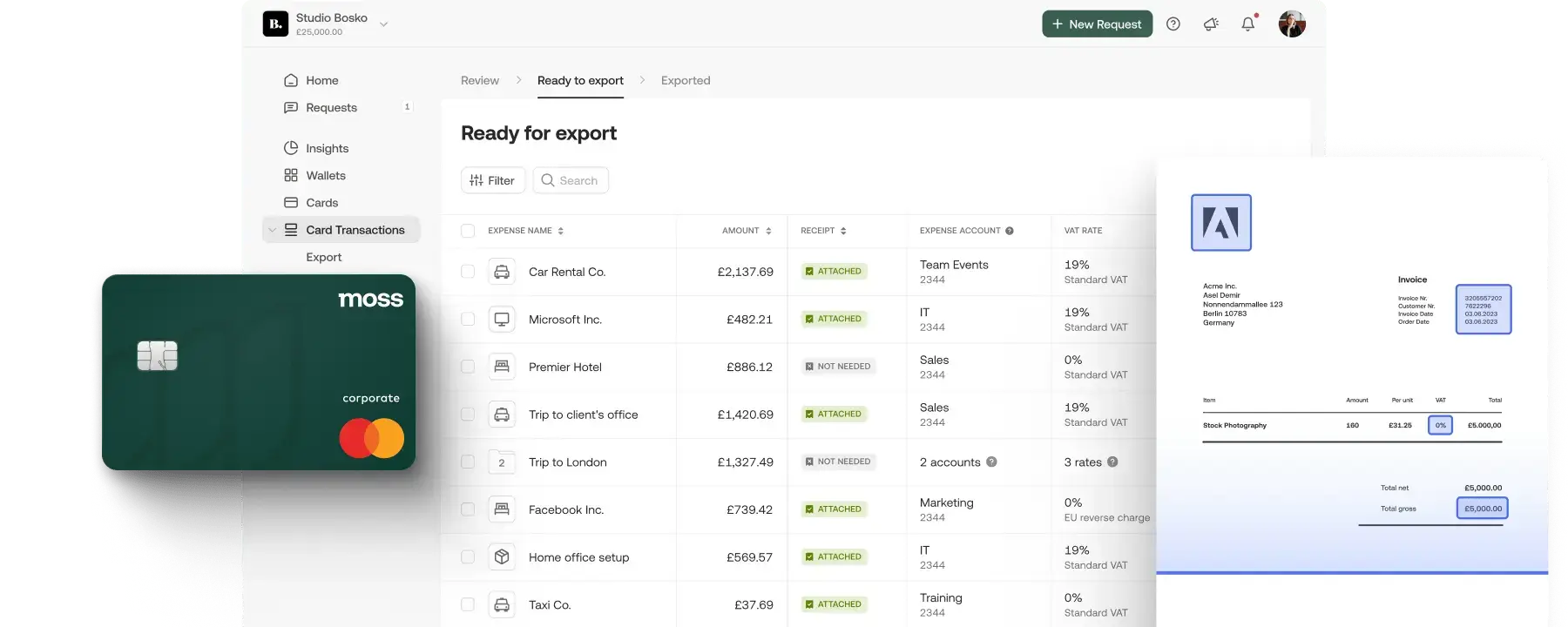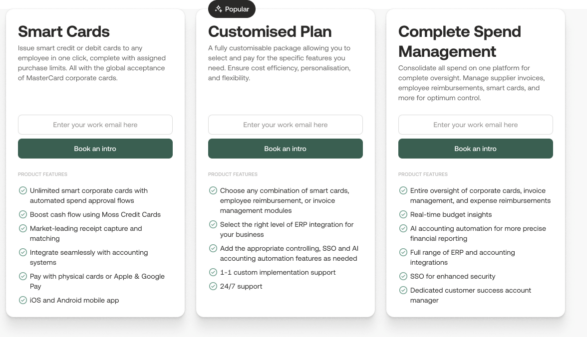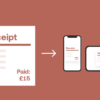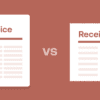The subscription payment/recurring billing model has become the norm for all sorts of goods and services that businesses and consumers use. Consumers pay on a monthly basis for all sorts of things, including streaming services, phone bills, gym membership etc. The same is true for businesses, who pay for a variety of software platforms (SaaS) and other services via recurring billing.
Given the prevalence of the subscription model, businesses need to be able to manage their customers’ subscriptions, as well as the subscriptions they’re paying themselves.
In this article we’ll explain more about how subscription management helps businesses improve their own subscription pricing, and save money on the subscriptions they pay for each month.
What is subscription pricing?
The subscription model has emerged as the most profitable pricing method for businesses in a range of different industries over the past decade. Forecasts suggest that the subscription economy will be worth a staggering $1.5 trillion by 2025 (Statista).
Subscription pricing offers a number of advantages over traditional pricing, including:
- Predictable, recurring revenue
Because customers pay for your goods or services monthly, as opposed to a one-off payment, the subscription model provides a steady, long-term flow of revenue.
- Higher customer retention
Subscription businesses tend to have better customer retention rates than non-subscription businesses. This is because the subscription and recurring payment encourages the company to invest more into maintaining a relationship with the customer. Additionally, the subscription is more likely to be viewed as a sunk cost by the customer.
- Higher customer lifetime value (LTV)
Alongside higher customer retention, the subscription model also increases customer lifetime value. Customers pay monthly for the duration of the subscription, and it’s easier to upsell additional services and products.
- Easier financial forecasting
The continuous cash flow provided by subscription pricing also makes forecasting and financial reporting easier and more accurate.
According to Zuora’s 2023 Subscription Economy Index, subscription-based companies have grown 3.7x faster than companies in the S&P 500 over the past 12 years. This is thanks to the numerous revenue boosting and upselling opportunities offered by the subscription model.
However, there are some famous examples of subscription pricing that have had a negative impact on brand reputation and customer opinion. A prime example is BMW’s decision to lock a variety of hardware features, including heated seats and automatic high beams, behind a subscription paywall.
Despite these features being present in new BMW models, the manufacturer used a software block to disable features unless customers paid a monthly subscription to enable them. Significant customer backlash led BMW to drop this feature, but it shows the importance of good subscription management practices.
What is subscription management?

For businesses, subscription management can refer to two different things:
- Optimising the lifecycle of subscription customers to increase revenue, and foster better relationships.
Subscription management usually refers to a variety of activities that are aimed at maintaining customer subscriptions. This includes monitoring and analysing customer activity and preferences, providing customer support, offering personalised incentives, and much more. There are many different specialised subscription management software platforms that are designed specifically for this purpose, which we will cover later.
- Managing and monitoring outgoing subscriptions to reduce unnecessary fees and double payments.
Subscription management can also mean tracking and managing the subscriptions that your company pays itself. We’ll refer to this as subscription payment management from now on, and it’s an essential part of internal budget management.
According to Statista, organisations use, on average, more than 120 SaaS applications each. With that many payments leaving your business each month, it’s easy to lose track of what you’re paying for. In fact, duplicate spend is a big issue when it comes to managing SaaS subscriptions in particular.
Blissfully’s 2020 SaaS Trends report estimates that the average enterprise company has 7.6 duplicate spend apps, i.e. apps that they’re spending on twice. Additionally, the average enterprise has an average of 7.1 orphaned subscriptions, i.e. applications that no longer have an owner within the company.
Why do businesses need to manage subscriptions?

As the primary revenue stream for an increasing number of businesses, it’s important that subscriptions are fostered and maintained. Many companies make the mistake of focussing on customer acquisition, while failing to invest enough in customer retention, i.e. ensuring that customers stay with your brand once they’ve become subscribers.
Research suggests that acquiring a new customer is anywhere from 5 to 25 times more expensive than retaining an existing customer (Harvard Business Review). Additionally, increasing customer retention rates has been shown to increase profits by 25% to 95%.
Different subscription pricing models

As we’ve already mentioned, the subscription model is used by businesses in all sorts of industries and sectors. However, there are actually many different types of subscription pricing, each of which has advantages in specific use cases. As you can imagine, businesses invest heavily in getting their subscription pricing and structure just right. This helps them balance revenue with customer satisfaction, customer retention, and a host of other factors. This balance is an integral part of subscription management as it influences all other actions a business takes to optimise its subscription offering.
Common subscription pricing models include:
- Flat-rate pricing
Flat rate pricing offers a single, fixed price for a product or service. All customers are offered the same price and product. While flat rate pricing is the most simple subscription pricing model, it’s becoming less popular as businesses try to personalise their offering to meet different customer preferences and price points. Flat rate pricing is most appropriate for businesses that have one product offering and a single buyer persona.
- Tiered pricing
Tiered pricing offers a product or service at different price points with different features, e.g. basic, standard, and professional level. Tiered subscription pricing is commonly used by SaaS companies as it allows them to target a variety of customer personas with a variety of features or capabilities per subscription level.
- Modular pricing
Modular pricing is similar to tiered pricing in the sense that the customer is charged for the features that they use. However, modular pricing allows customers to stack and select specific features depending on their own individual requirements. Features come with their own costs, which are combined to reach the total subscription charge. In comparison, tiered pricing tends to offer a set selection of features for each pricing tier.
- Per-user pricing
Per-user pricing charges the customer per user. This may be a set price per individual user per month, e.g. £10 per user, or a set price for the total number of users, e.g. £100 for up to 10 users. Per-user pricing is often used as part of the modular pricing model.
- Usage-based pricing
Usage-based pricing charges the customer depending on usage metrics. A common example is data usage on phone or internet contracts.
Picking subscription management software

Picking the right subscription management software for your business depends on your specific requirements. There are different types of subscription management software that are designed to fill specific niches, like customer service and interactions. Here is a selection of four of the most popular subscription management software platforms on the market:
- Chargebee: Offers a suite of tools for automated billing, invoicing, and handling complex subscription scenarios. It also supports global payments, compliance, and provides analytical insights.
- Recurly: Recurly’s strength lies in its flexibility to accommodate a wide range of subscription models and its robust analytics to drive strategic decisions.
- Zuora: Zuora, which is tailored for enterprises, provides an end-to-end subscription management system. The platform has been built specifically to meet the needs of businesses with large-scale subscription needs.
- SubscriptionFlow: Designed to cater to small to medium-sized businesses, SubscriptionFlow offers a user-friendly interface with features that support billing, customer management, and analytical reporting.
Employing the right subscription management software can revolutionise how fsubscription transactions and customer relations are handled. In general it can save time, reduce errors and improve overall business performance.
Managing business payments with Moss
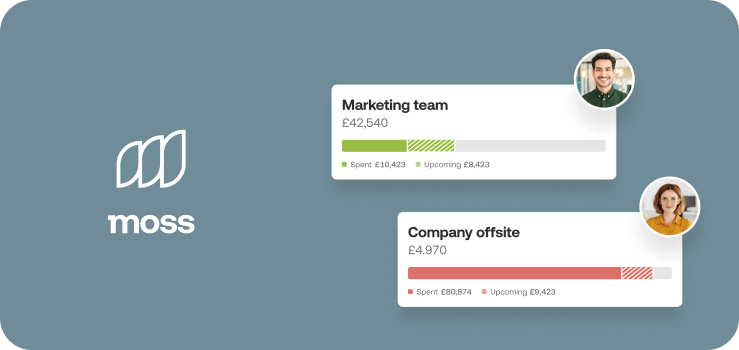
Moss’ smart spend management platform provides a range of powerful tools and capabilities that allow businesses to take control of their own subcription payments. Moss customers can create an unlimited number of virtual corporate credit cards that can be used to pay for business expenses and employee expenses.
One particularly useful feature is dedicated subscription payment cards. Employees can request a subscription card and, once approved by a manager, can use that card for a specific subscription payment. Subscription cards have a set limit per month, so there’s no danger of exceeding your budget. Separating payments like this helps eliminate unnecessary spend and increases spend visibility, which is especially important if you’re managing many different outgoing subscriptions each month.
FAQs
Subscription management is a range of activities and processes aimed at optimising the customer subscription lifecycle. This helps increase revenue, customer retention, and a number of other important metrics.
Subscription management software allows businesses to control billing, customer support functions and subscription-related analytics from one place.
Businesses also pay their own subscription payments, for everything from software platforms to office snacks. It’s essential to stay on top of what your business’s subscriptions in order reduce duplicate spend and unnecessary expenses.
SaaS companies host their software on the cloud, which requires various types of maintenance and infrastructure costs to keep online. The best way to charge customers to use this type of services is via a monthly subscription fee, which gives the SaaS provider a continuous, predictable revenue stream.
Tiered pricing offers different product features at different price levels. This tends to be a basic tier, standard tier, and pro tier, with users being able to access more product features and higher usage limits with more expensive monthly subscriptions.

